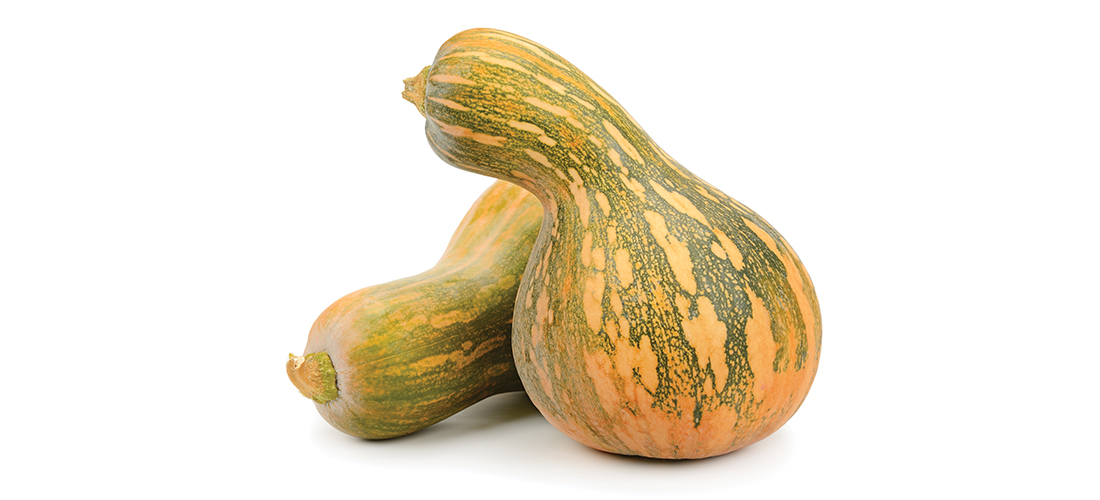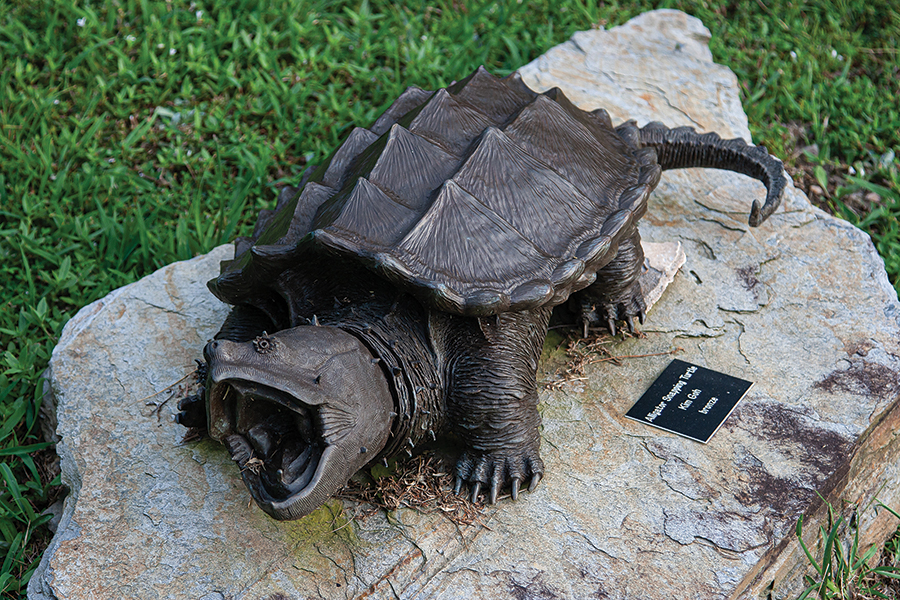October Books
FICTION
The Invisible Life of Addie LaRue,
by V.E. Schwab
In France in 1714, during a moment of desperation, a young woman makes a Faustian bargain to live forever — and is cursed to be forgotten by everyone she meets. Thus begins the extraordinary life of Addie LaRue, and a dazzling adventure that will play out across centuries and continents, across history and art, as a young woman learns how far she will go to leave her mark on the world. Everything changes when, after nearly 300 years, Addie stumbles across a young man in a hidden bookstore and he remembers her name. It’s a story you will never forget about a life no one will remember, penned by a New York Times bestselling author.
Leave the World Behind, by Rumaan Alam
A magnetic novel about two families, strangers to each other, forced together on a long weekend gone terribly wrong. Amanda and Clay head out to a remote corner of Long Island expecting a vacation: a quiet reprieve from life in New York City, quality time with their teenage son and daughter, and a taste of the good life in the luxurious home they’ve rented for the week. But with a late-night knock on the door, the spell is broken. Ruth and G.H., an older couple who claim to own the home, have arrived there in a panic. A sudden blackout has swept New York and — with nowhere else to turn — they’ve come to the country in search of shelter. With the TV and internet down, and no cellphone service, the facts are unknowable. Should Amanda and Clay trust this intruding couple, and vice versa? Suspenseful and provocative, Alam’s third novel is keenly attuned to the complexities of parenthood, race and class. Leave the World Behind explores how our closest bonds are reshaped, and unexpected new ones forged, in moments of crisis.
Troubles in Paradise, by Elin Hilderbrand
Travel to the bright Caribbean one last time in this satisfying conclusion to the bestselling “Winter in Paradise” trilogy. After uprooting her life in the States, Irene Steele has just settled in at the villa on St. John, where her husband, Russ, had been living a double life. But a visit from the FBI shakes her foundation, and Irene once again learns just how little she knew about the man she loved. With help from their friends, Irene and her sons set up their lives while evidence mounts that the helicopter crash that killed Russ may not have been an accident. Meanwhile, the island watches this drama unfold — including the driver of a Jeep with tinted windows who seems to be shadowing the Steele family. As a storm gathers strength in the Atlantic and surprises are in store for the Steeles, all will be revealed about the secrets and lies that brought Irene and her sons to St. John .
Moonflower Murders, by Anthony Horowitz
Susan Ryeland, the retired publisher, is living the good life running a small hotel on a Greek island with her long-term boyfriend Andreas. Then the Trehearnes come to stay. The strange and mysterious story they tell, about an unfortunate murder that took place on the same day and in the same hotel in which their daughter was married — a picturesque inn on the Suffolk coast named Farlingaye Halle — fascinates Susan and piques her editor’s instincts. One of her former writers, the late Alan Conway, knew the murder victim. Conway based the third book in his detective series, Atticus Pund Takes the Cake, on that very crime. The Trehearne’s, daughter, Cecily, read Conway’s mystery and believed the book proves that the man convicted of that murder is innocent. When the Trehearnes reveal that Cecily is now missing, Susan knows that she must return to England and find out what really happened. Brilliantly clever and relentlessly suspenseful, Moonflower Murders is a deviously dark take on vintage English crime fiction from one of its greatest masterminds.
NONFICTION
Keep Moving: Notes on Loss, Creativity and Change, by Maggie Smith
Sometimes it seems, in the midst of a dark time, a deep rut or maybe just in the middle of a long boring stretch, the thing that keeps one from moving forward is simply the inability to move at all. In Keep Moving, Smith offers thoughts, suggestions, reflections and stories that encourage readers to keep going: to breathe, blink, sit, eat and to call that a successful day. This little gem is one to keep close at hand and revisit anytime the world gets a little too hard. When Smith, the award-winning author of the viral poem “Good Bones,” started writing inspirational daily Twitter posts in the wake of her divorce, they unexpectedly caught fire. It is all here. For fans of Anne Lamott and Cleo Wade, a collection of quotes and essays on facing life’s challenges with creativity, courage and resilience.
No Surrender: A Father, a Son, and an Extraordinary Act of Heroism that Continues
to Live on Today, by Chris Edmunds and
Douglas Century
An unforgettable story of a father’s extraordinary acts of valor in World War II and a son’s thrilling journey to discover them — an epic narrative of bravery, compassion and faith. Like most members of the Greatest Generation, Roddie Edmonds, a humble American soldier from East Tennessee, rarely spoke about his experiences during World War II. Not even his son Chris knew the full details of Roddie’s capture at the Battle of the Bulge or his captivity at Stalag 9A, a Nazi POW camp. But when Chris’ daughter was assigned a family history project, Chris reread Roddie’s wartime diaries, which set in motion a series of life-changing events. Chris embarked on a years-long journey, interviewing surviving POWs under Roddie’s command, and retracing his father’s footsteps. Century, a New York Times bestselling author, and Edmonds take us to the front lines of this inspiring multigenerational story.
Is This Anything? by Jerry Seinfeld
In page after hilarious page, one brilliantly crafted observation after another, readers will witness the evolution of one of the great comedians of our time and gain new insights into the thrilling but unforgiving art of writing stand-up comedy. Since his first performance at the legendary New York nightclub Catch a Rising Star as a 21-year-old college student in the fall of 1975, Seinfeld has written his own material and saved everything. “Whenever I came up with a funny bit, whether it happened on a stage, in a conversation, or working it out on my preferred canvas, the big yellow legal pad, I kept it in one of those old school accordion folders,” he writes. “So I have everything I thought was worth saving from forty-five years of hacking away at this for all I was worth.”
Modern Comfort Food, by Ina Garten
In this collection of all-new soul-satisfying dishes from America’s favorite home cook, Garten shares 85 new recipes, many inspired by childhood favorites, but with the volume turned way up. There are few things more comforting than gathering for a meal with the ones you love, especially when dishes like “Cheesy Chicken Enchiladas” are at the center of the table. Old-fashioned crowd pleasers like “Roasted Sausages, Peppers, and Onions” are even more delicious and streamlined for quick cleanup. Home cooks can always count on Garten’s dependable, easy-to-follow instructions, with lots of side notes for cooking and entertaining. From cocktails to dessert, from special weekend breakfasts to quick weeknight dinners, you’ll find yourself making these cozy and delicious recipes over and over again.
CHILDREN’S BOOKS
If You Want a Friend in Washington: Wacky, Wild & Wonderful Presidential Pets, by Erin McGill
From Macaroni Kennedy (a horse) to Pauline Wayne Taft (a cow), there have been some outrageous presidential pets along with a veritable herd of dogs, cats and the occasional chicken. This fun, informative, cleverly illustrated picture book will have young readers laughing out loud and their adults cramming information sure to be useful for trivia nights. (Ages 4-8.)
I Promise, by LeBron James
Children believe what you tell them. This book of affirmations should be the go-to for anyone hoping to raise a child to be courageous, kind, helpful, questioning, hardworking, respectful, and curious. And in the end, isn’t that what we really want of them all? Proceeds from this motivational picture book will go to the LeBron James Foundation and the I Promise School. (Ages 3-5.)
Kenny and the Book of Beasts, by Tony DiTerlizzi
In this highly anticipated sequel to the much-loved Kenny and the Dragon by Caldecott Honor winner and N.C. Battle of the Books author DiTerlizzi, Kenny must cope with many changes in his life — including a litter of baby sisters, friends at different schools, and the fear that he’s losing his best friend. (Ages 8-12.)
The Complete DIY Cookbook for Young Chefs, Americas Test Kitchen Kids
Curious young foodies will enjoy this fun new cookbook that explores the secrets behind some commonly available foods (think: ketchup, applesauce, sprinkles, pancake mix, hummus, and fish-shaped cheddar crackers), and recipes to create their own healthy versions of these kid favorites. (Ages 8-12.) PS
Compiled by Kimberly Daniels Taws and Angie Tally


























